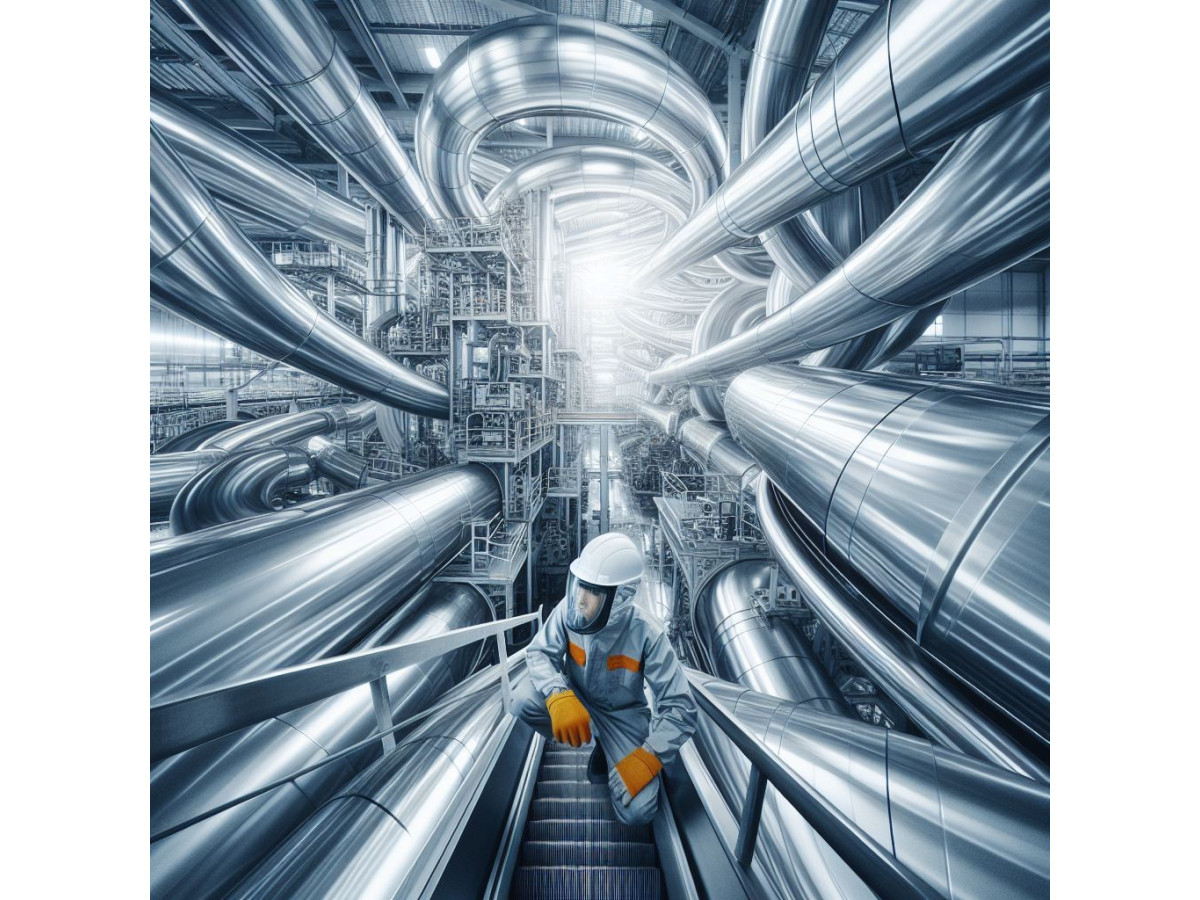Stainless steel is a metal alloy that has become an integral component of many areas of industry and everyday life. Its unique properties, among which corrosion resistance and high strength stand out first, have made stainless steel a popular material in a wide variety of fields. It's also interesting that stainless steel has a very interesting and quite long history.
How did it all begin?
The history of stainless steel begins with the discovery of chromium. In 1797, French chemist Nicolas Louis Vauquelin discovered the element chromium. However, for a long time chromium was used primarily to color glass and ceramics. Like many discoveries that were made a long time ago, this one was also put on a kind of pause until the time came for it to blossom anew.
In the early 20th century, German chemist Hermann Raussenstein and English engineer Harold M. Thomas conducted a series of experiments with chromium to improve the corrosion resistance of steels. In 1912, they developed the first stainless steels by adding chromium and nickel to the steel.
That same year, they applied for the first stainless steel patent. They improved their methods by adding more chromium and nickel to the alloy, making the steel even more resistant to corrosion.
In the United States, Harold Hatfield and G. Crispinsen of Cruz Stainless Steel improved the method of producing stainless steel in 1913, leading to an increase in its popularity.
First industrial production of stainless steel
It started at the beginning of the 20th century. Cruz Stainless in the United States played a key role in the development and introduction of this innovative material in 1913. While the name "stainless steel" became popular later, this company pioneered production methods that made steel resistant to corrosion.
At that time, the engineers of the American company were able to make a real breakthrough in this area. The combination of chromium and nickel was able to give the steel unique properties that made it resistant to environmental influences and corrosion. An important milestone was the receipt of a patent for this alloy in 1915, which allowed the company to assert its rights to the development and production of stainless steel. Thus, Cruz Stainless became the first company to systematically produce and commercialize stainless steel.
A rather interesting fact is that at that time the production of stainless steel was primarily aimed at the aerospace and military industries during the First World War. However, after the war and in the following decades, stainless steel found widespread use in a variety of industries, including construction, household goods, and the chemical and oil and gas industries.
Modern use of stainless steel
Now the pipe and many other similar products are made of precisely this metal. High-quality steel, thanks to its rather serious history and significant work carried out in this area, has become incredibly popular. There are different manufacturers that can offer high-quality metal in different formats. Some of the main modern applications include:
- Construction.
- Architecture.
- Manufacturing of equipment for food products, kitchen utensils.
- Energy industry.
- Auto manufacturing, etc.
It is obvious that modern technologies are closely related to stainless steel and its subsequent improvement can be expected.

